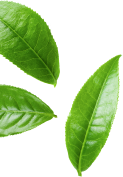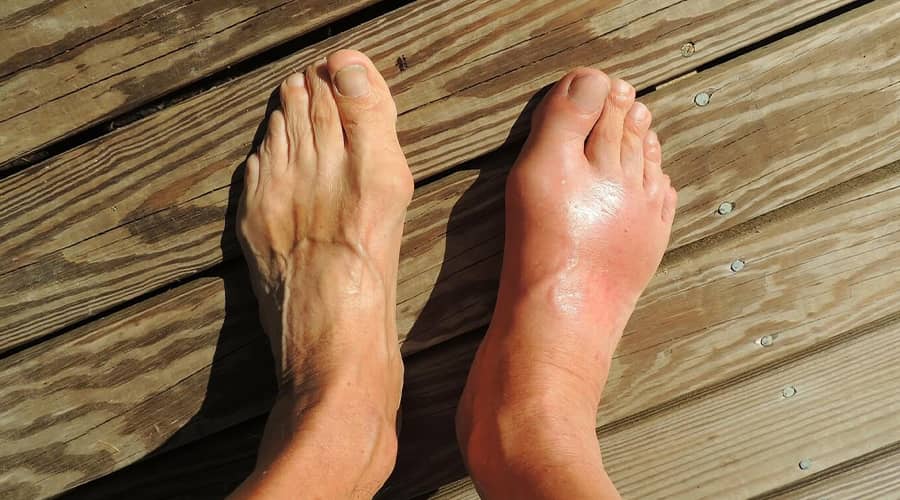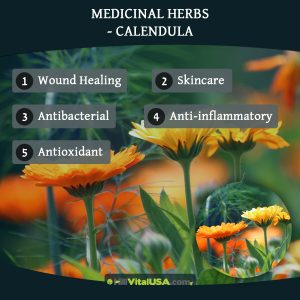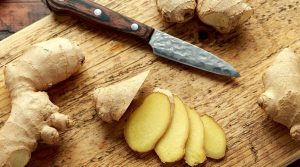



Gout (also known as arthritis urica) is a painful joint inflammation that develops when the level of uric acid in the blood becomes too high.
Uric acid crystallizes and deposits in the joints and surrounding tissues, causing inflammation and pain. The condition most commonly affects the joint of the big toe, but it can also occur in the ankles, knees, wrists, and other joints.
How gout develops
There are several factors behind the development of gout, one of the causes of painful joints: gout:
Another frequent cause of painful joints: gout, especially in the ankle, can lead to significant mobility limitations.
How long does gout last?
Gout attacks can occur suddenly and are often accompanied by intense pain, especially at night. The duration of an attack can vary, usually lasting from a few days to a few weeks. If left untreated, gout attacks may become more frequent and lead to long-term joint damage.
Foods to avoid with gout
People with gout should avoid foods high in purines, as these increase uric acid levels. The following foods and drinks should be limited or avoided:
Recommended low-purine foods:
Diagnosis and treatment of gout
Gout is diagnosed based on blood tests and joint fluid analysis. Treatment options include medication (anti-inflammatories, pain relievers, uric acid-lowering drugs), topical creams, and lifestyle changes (diet, weight loss, hydration).
To prevent attacks, it is important to engage in regular physical activity, follow a low-purine diet, drink plenty of fluids, avoid alcohol, and maintain a healthy weight. Untreated gout can lead to chronic joint inflammation and permanent joint damage over time, which is why medical treatment and monitoring are essential.
One of the most sudden causes of painful joints: gout is when a joint suddenly turns red, swells up, and becomes extremely painful within moments.
Why topical creams are beneficial for gout and how they work
Topical creams can be helpful for managing causes of painful joints: gout, for the following reasons:
For gout symptoms, one of the most popular creams is HillVital MAXIMUM balm. With 19 herbal ingredients, it effectively treats problematic areas. It should be applied several times a day and massaged thoroughly into the affected skin. It absorbs quickly and starts working right away.
For more information about this special cream, click here.








HillVital balms are your reliable support for an active life, crafted from natural ingredients!